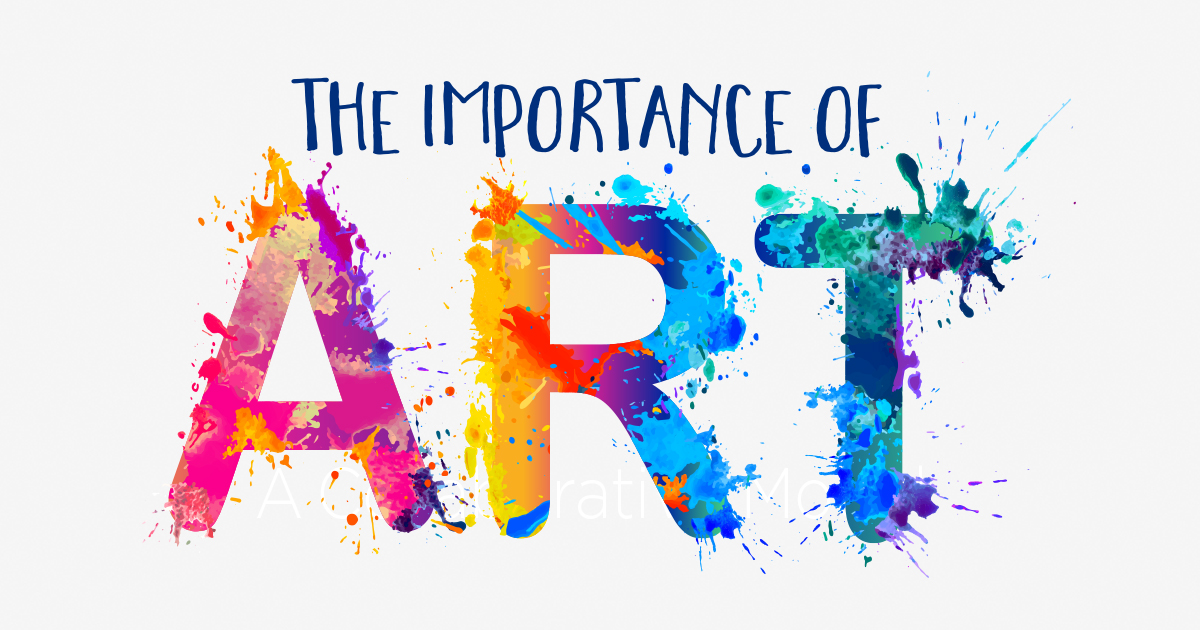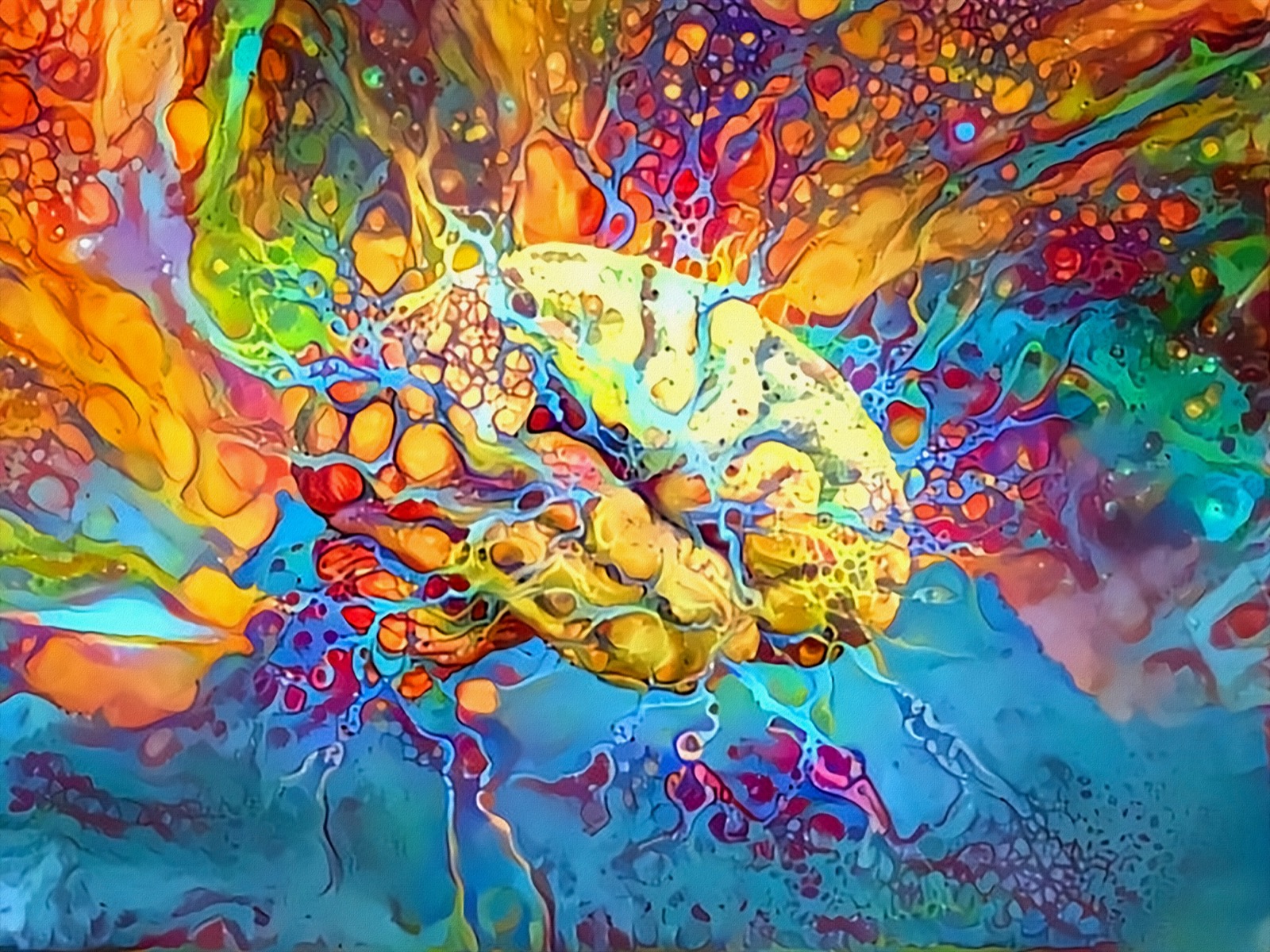Understanding the Significance Behind Noteworthy Trump Art Creations
Understanding the Significance Behind Noteworthy Trump Art Creations
Blog Article
Starting an Aesthetic Trip Via the Lyrical Interpretations of Nature in Stylist Landscapes
Each brushstroke, each play of light and shadow, and each shade selection in their works speaks quantities concerning the artists' deep connection to nature and their capacity to convert its appeal onto the canvas. As we discover the lyrical analyses of nature in Stylist landscapes, we are invited to immerse ourselves in a globe where fact and emotion link, providing a peek right into the musicians' profound recognition for the natural globe.
The Fascinating Brushstrokes of Claude Monet
Claude Monet's proficiency of brushstrokes goes beyond mere technique, imbuing his landscapes with an aerial top quality that enthralls and captivates customers - trump art. His cutting-edge use of shade and light, combined with his distinct brushwork, produces a sense of activity and life within his paints. Monet's prominent collection of jobs portraying water lilies and his legendary haystacks display his ability to record the short lived results of light and atmosphere

Taking On Light and Shadow With Camille Pissarro
Symbolizing a comparable reverence for the interaction of light and darkness, Camille Pissarro's artistic vision unravels as a harmonious expedition of the all-natural world's luminous subtleties. Pissarro, an essential number in the Impressionist movement, masterfully recorded the dynamic connection between light and darkness in his landscapes. His proficient use color and brushwork allowed him to share the refined changes in light that define different times of day and periods.
Pissarro's paints usually feature spotted sunlight filtering system with leaves, casting elaborate patterns of light and shadow on the planet below. In jobs such as "Hoar Frost, the Impact of Snow, Pontoise," Pissarro skillfully illustrates the crisp illumination of winter season sunlight compared with the amazing shadows that define the snowy landscape. By embracing both light and darkness in his structures, Pissarro welcomes customers to immerse themselves in the all-natural elegance and transient effects of light worldwide around them.

Through Pissarro's works, we are reminded of the transformative power of light and darkness, inviting us to stop briefly and value the fleeting moments of charm present in the day-to-day landscapes that surround us.
A Harmony of Color Styles by Edgar Degas
Edgar Degas coordinates a vivid harmony of colors in his masterful art work, instilling his structures with a dynamic interplay of colors that astound the customer's look. Recognized mostly for his ballet dancers and intimate scenes of Parisian life, Degas adeptly manipulated colors to share state of mind and motion in his paintings. trump art. His use strong, contrasting colors and refined tonal variants developed a feeling of depth and vibrancy within his jobs
Degas' color palette typically consisted of abundant blues, deep greens, and cozy oranges, which he used with confident brushstrokes to record the essence of his topics. Whether representing a ballerina mid-performance or a group of good friends talking at a coffee shop, Degas' shades not only portrayed the scene however also stimulated a feeling of emotion and energy.
Additionally, Degas' trial and error with light and shadow added an added layer of complexity to his color make-ups, improving the this hyperlink overall atmosphere of his paintings (trump art). Via his competent adjustment of color, Degas produced an aesthetic harmony that continues to resonate with customers today
Discovering Nature's Tranquility With Berthe Morisot
Berthe Morisot's artistic vision offers a calm separation from the vibrant shade symphonies of Edgar Degas, as she captures the peace of nature in her evocative landscapes. Understood for her fragile brushwork and intimate portrayals of day-to-day life, Morisot's landscapes emanate a sense of tranquility and harmony.
Morisot's paints commonly feature soft, soft tones that convey a feeling of peace and calmness. Her jobs, such as "The Cradle" and "Summer season's Day," showcase her capability to catch the refined appeal of nature in a method that is both calming and reflective to the customer.
Unlike some of her Stylist counterparts that concentrated on vibrant structures and bold shades, Morisot liked to produce gentle, reflective scenes that invite the viewer to stop briefly and reflect. Through her skillful usage of light and shadow, Morisot creates a sense of peace that resonates with the customer on a deep psychological level.
The Emotional Landscapes of Vincent Van Gogh
Vincent Van Gogh's landscapes strongly communicate a deepness of emotion via their dynamic brushwork and meaningful this page use of color. The Dutch post-impressionist musician is renowned for his capability to catch raw and extreme emotions in his paints, transcending traditional depictions of nature. Van Gogh's tumultuous personal life, marked by mental health and wellness battles, greatly influenced his art, infusing his landscapes with a feeling of unease, moody, or pep.
In jobs such as "Starry Evening" and "Wheatfield with Crows," Van Gogh's swirling brushstrokes and dynamic color selections evoke a profound psychological response from viewers. The unstable skies and agitated landscapes in his paints mirror his internal turmoil and psychological disturbance, welcoming audiences to explore the intricacies of his subconscious.
Van Gogh's distinct visual language, defined by overstated perspectives and bold use color, creates landscapes that resonate with viewers on a deeply emotional degree. With his art, Van Gogh invites us to see nature not simply as an exterior fact however as a mirror of our innermost feelings and feelings.
Conclusion
In conclusion, the impressionist landscapes of artists such as Claude Monet, Camille Pissarro, Edgar Degas, Berthe Morisot, and Vincent Van Gogh offer a one-of-a-kind and exciting aesthetic analysis of nature. With their use brushstrokes, color, light, and feeling, these musicians have produced a symphony of pictures that evoke a sense of calmness and elegance in the environment. Their jobs remain to motivate and enchant viewers with their lyrical analyses of the landscapes around us.
Each brushstroke, each play of light and darkness, and each color choice in their works speaks quantities concerning the artists' best site deep link to nature and their capability to equate its beauty onto the canvas. His innovative use of color and light, combined with his distinctive brushwork, develops a feeling of activity and life within his paintings. His adept use of color and brushwork allowed him to communicate the refined changes in light that specify various times of day and periods.

Report this page